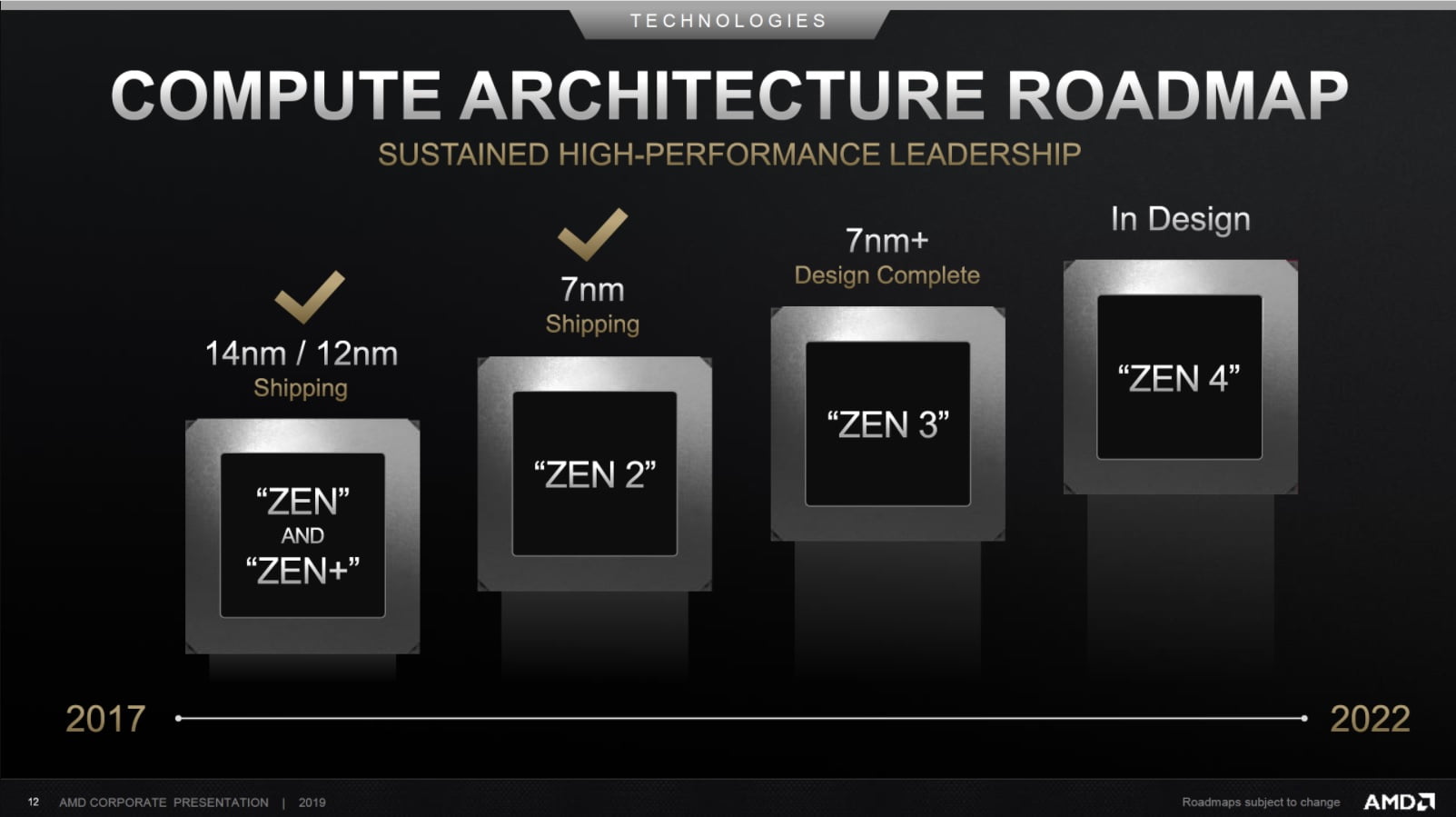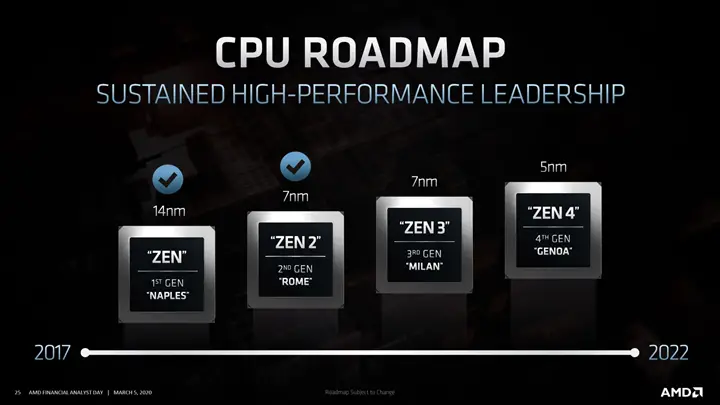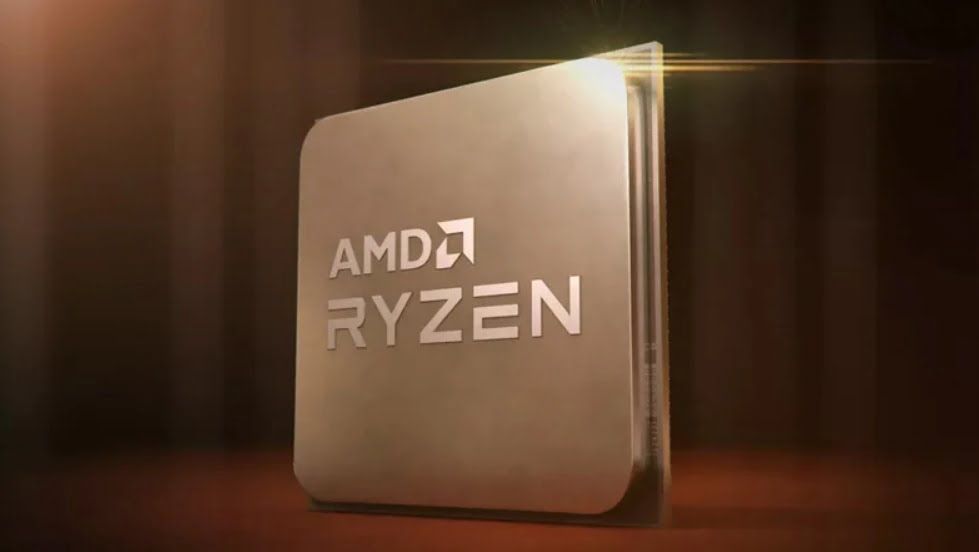AMD introduced Zen 3, the basis of the new Ryzen 5000 processors, aimed at the high-performance consumer market.
Zen 3 maintains the 7 nm process, it brings deep changes at an internal level that affect, mainly, the CCD unit and the cache memory, but also the jump predictor and other key elements that affect the general performance of the processor.
- AMD will introduce Zen 3 on October 8, and RDNA 2 on October 28
- Intel launched 500 series chipsets for Rocket Lake-S processors
- Intel Core i9 10900K performance review
AMD introduced Zen 3 architecture
Zen 3 will improve the CPI by 15 to 20%, there were speculations about it and now it is confirmed. AMD has confirmed that the Ryzen 5000 processors have improved the IPC by 19% over the previous generation, which means that its single-threaded performance exceeds the tenth generation Intel Core processors (Comet Lake-S), even when operating at lower frequencies.

This is a very important achievement since it has allowed AMD to break the last weapon that Intel had in its favor, the single-threaded performance, but how has AMD achieved this huge increase in the IPC? Well, through numerous changes that are presented. And these are the most important ones:
Redesign of CCD units
In Zen 2, each chiplet was made up of two CCX units that integrated four cores and 16MB L3 cache, giving shape to a CCD unit. Well, in Zen 3 this design has changed completely, there is no longer division of 4+4 cores and 16+16MB L3, those two CCX blocks have been removed to make way for a single unit with 8 cores and 32MB L3 cache.
This means that all eight cores now communicate with lower latency, and can access the available 32MB L3 cache (previously each quad-core block could only access 16MB L3).
Other improvements to consider
As we anticipate, there are many elements that have influenced this increase in the CPI that Zen 3 brings, and that will make the Ryzen 5000 the most powerful processors in the general consumer market. The most important thing we have already seen in the previous section is the jump of a CCD unit with eight cores and 32MB unified L3, but AMD has also introduced important adjustments in the jump predictor, cache latency and execution engines.
An increase in the maximum working frequencies has also been confirmed. We do not know the values in which the Ryzen 5000 will be able to work with all its active cores, but it is confirmed that the Ryzen 9 5950X, which has 16 cores and 32 threads, will be able to reach 4.9GHz in turbo mode. It is likely that with all its cores active it will be able to stay between 4.4GHz and 4.5GHz.
Zen 3 also marks a significant leap in terms of efficiency, it has multiplied the performance per watt consumed by 2.8 times compared to the Core i9 10900K.

AMD achieves the performance crown and confirms four Ryzen 5000 CPUs
AMD has kept the MCM design and the chiplet as a base, but now each CCD unit has a monolithic 8-core structure and 32MB L3 cache, which is a huge improvement for all that we have explained before.
They have also kept the manufacturing process at 7 nm and the core configurations we had seen in the current generation, which means they will not break the barrier of 16 cores and 32 wires. In terms of performance, the jump has been as huge as we anticipated. AMD has managed to surpass Intel in single-threaded performance, even working at lower frequencies.
Improvement that AMD has achieved after Zen 2 is impressive, and with that the Ryzen 9 5900X manages to impose itself without problems to the Core i9 10900K, both in single and multithreaded performance. It is simply impressive.
Ryzen 5000 models, price and availability
AMD has confirmed a total of four new Ryzen 5000 processors. All will be available from November 5 of this year and will be compatible with AM4 motherboards equipped with B450 chipset and above, although you will need a BIOS update to enable support for these models.
- Ryzen 9 5950X: will have 16 cores and 32 threads at a maximum 4.9GHz, 72MB cache and 105 watts TDP.
- Ryzen 9 5900X: will have 12 cores and 32 threads at 3.7GHz – 4.8 GHz, 70MB cache and a 105 watt TDP.
- Ryzen 7 5800X: will have 8 cores and 16 wires at 3.8GHz – 4.7 GHz, 36MB cache and a 105 watts TDP.
- Ryzen 5 5600X: will have 6 cores and 12 wires at 3.7 GHz – 4.6 GHz, 35MB cache and a 65 watts TDP.
The Ryzen 9 5950X will jave a $799 price tag. The Ryzen 9 5900X will cost $549, while the Ryzen 7 5800X and Ryzen 5 5600X will reach the market for $449 and $299, respectively. AMD is working on Zen 4, and this new architecture will use the 5 nm process. At the moment it is in the design phase, which means that it is still in an early stage. AMD introduced Zen 3 and this will change the whole a lot in the hardware market.





